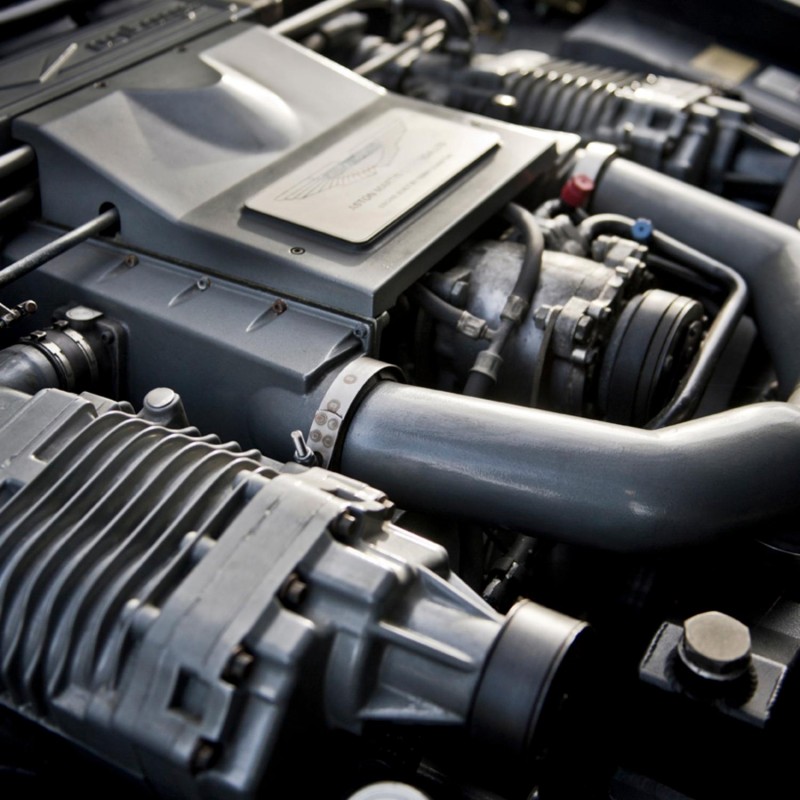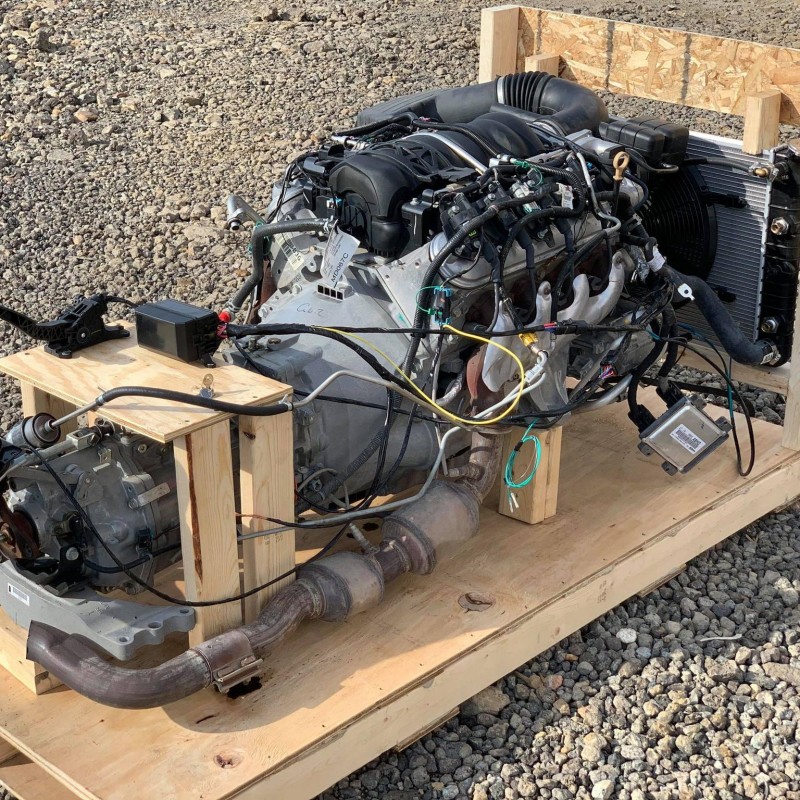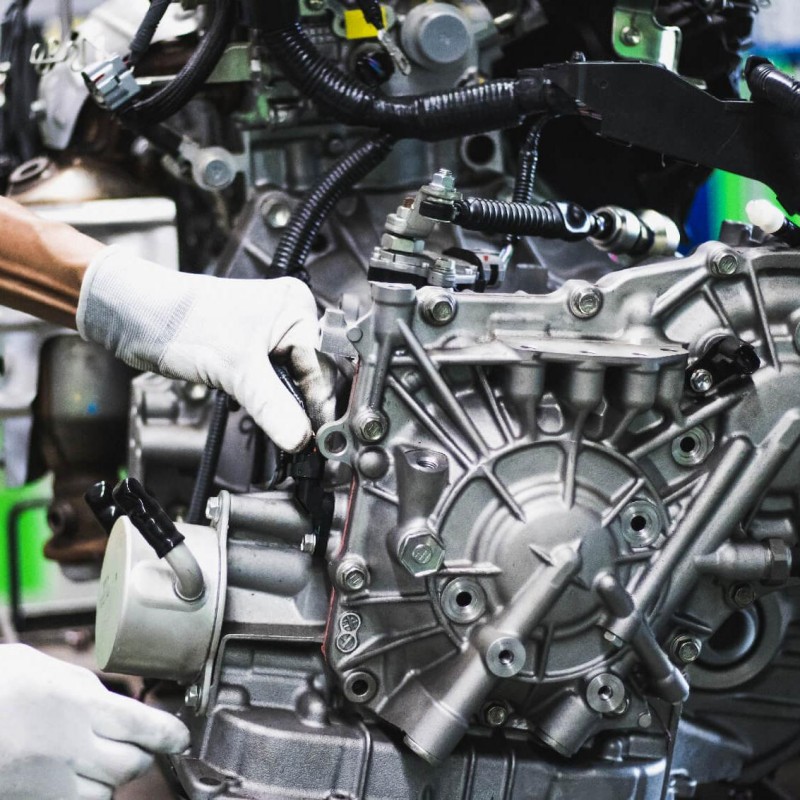Maintaining your vehicle’s engine in top condition is essential for optimal performance, fuel efficiency, and longevity. Over time, engines accumulate dirt, grease, and grime, which can clog components and lead to costly repairs. Engine cleaning methods are vital for ensuring that your vehicle operates smoothly and efficiently. Proper engine cleaning can help prevent overheating, reduce emissions, and enhance fuel economy. However, knowing the appropriate methods and techniques for cleaning your engine is crucial. This comprehensive guide will explore various engine cleaning methods, the tools required, safety precautions, and tips for achieving the best results. By the end of this article, you’ll be equipped with valuable knowledge to maintain your engine properly and keep it running at its best.

Why Engine Cleaning is Important
Understanding the importance of regular engine cleaning can motivate vehicle owners to adopt this practice as part of their routine maintenance.
Enhancing Performance
When an engine accumulates dirt and debris, it’s forced to work harder, reducing its overall efficiency. Clean engines tend to perform better due to improved airflow and cooling, leading to optimal power output and responsiveness.
Preventing Overheating
A dirty engine can result in blocked cooling passages, leading to overheating. Regular cleaning promotes efficient heat dissipation, helping prevent engine damage and prolonging its lifespan.
Improving Fuel Efficiency
Grime and buildup can hinder fuel combustion efficiency, causing higher fuel consumption. Regularly cleaning your engine helps ensure the fuel-air mixture burns efficiently, resulting in better fuel economy.
Reducing Emissions
Engines that are clean and well-maintained often produce fewer harmful emissions. By cleaning your engine regularly, you contribute to promoting a healthier environment while potentially passing emissions tests.
Increasing Resale Value
For those valuing their vehicles, a clean engine can significantly impact the resale value of a car when it’s time to sell. A well-maintained engine shows potential buyers that the vehicle has been taken care of and is less likely to have hidden issues.
Common Engine Contaminants
To effectively clean an engine, it’s essential to understand the types of contaminants typically found, as this knowledge can influence the chosen cleaning method.
Grease and Oil Buildup
Oil leaks can create a thick layer of grease and grime on engine components. Cleaning this buildup is crucial for preventing overheating as well as avoiding potential engine damage.
Dust and Dirt
Dust and dirt can accumulate in places where oil does not flow freely. These contaminants can inhibit airflow, leading to reduced performance and efficiency.
Carbon Deposits
Over time, carbon deposits can form within the engine due to incomplete combustion. This buildup can negatively affect engine performance, so it’s important to address it properly.
Corrosion
Corrosion can occur due to moisture or chemical exposure, leading to rust on metallic surfaces. Regular engine cleaning can help identify and address corrosion before it leads to further damage.
Fluid Leaks
Various fluids may leak from the engine, such as coolant, transmission fluid, or power steering fluid. Addressing these leaks will not only lead to a cleaner engine but also help maintain proper fluid levels for performance.
Engine Cleaning Methods
There are several effective engine cleaning methods, each tailored to specific needs and types of contaminants. Below are some of the most popular techniques used in engine cleaning:
Hand Washing Method
For those looking for a gentle approach to cleaning their engine, hand washing offers a practical solution. Here’s how to execute this task effectively:
- Preparation: Before starting, gather the necessary tools, including soft brushes, cloths, a hose, and degreaser.
- Cover Sensitive Areas: Use plastic bags or aluminum foil to cover sensitive components like the air filter, electrical connections, and exposed filters. This prevents water or cleaner from entering these areas.
- Apply Degreaser: Spray a heavy-duty degreaser onto dirty areas of the engine. Allow the degreaser to soak in for a few minutes to break down the grime.
- Scrub Gently: Using soft brushes or cloths, gently scrub the engine’s surfaces to remove any remaining grime or buildup. Take care not to scratch any surfaces.
- Rinse: Use a hose with moderate pressure to rinse away the degreaser and grime. Ensure that not too much water gets into sensitive areas.
- Dry: Allow the engine to air dry or use clean towels to wipe down accessible parts after rinsing.

Steam Cleaning Method
Steam cleaning is another effective way to clean engines without using excessive water. This method penetrates industrial grease and grime effectively.
- Equipment Setup: Invest in or rent a steam cleaner specializing in automotive use. Ensure you wear protective gear, including goggles, gloves, and a mask, as steam can be dangerous.
- Prepare the Engine: Similar to the hand washing method, cover sensitive components to avoid water damage.
- Steam Cleaning: Direct the steam cleaner’s nozzle toward the engine surfaces from a safe distance. This helps lift dirt and grime without excessive scrubbing. Move the nozzle in circular motions for even cleaning.
- Wipe Down: After steam cleaning, wipe down surfaces with a microfiber cloth to remove any lingering residue.
- Inspect and Dry: Check for any missed spots, and allow the engine to dry completely before removing any covers.
Chemical Engine Cleaners
Chemical cleaners, available in pre-mixed sprays or solutions, can efficiently cut through stubborn contaminants. If you opt for chemical cleaners, consider the following steps:
- Selecting the Cleaner: Choose a reputable engine degreaser based on your specific needs. Ensure it’s safe for the materials in your engine bay.
- Application: Apply the chemical cleaner according to the manufacturer’s instructions, usually by spraying it evenly over the engine surfaces. Allow it to sit for the recommended time.
- Scrubbing: After the dwell time, use soft brushes and cloths to scrub and help lift the grime and dirt.
- Rinse: Use a hose or pressure washer to thoroughly rinse away the cleaner and debris. Maintaining moderate pressure is key to avoiding damage to components.
- Drying: Ensure the engine dries completely to prevent rust and corrosion.
Pressure Washing Method
Pressure washing can be an effective but aggressive method for cleaning engines. If you choose this option, proceed with caution:
- Cover Sensitive Areas: As in previous methods, cover electrical connections and sensitive components with plastic bags.
- Pre-Rinse: Use a pressure washer (ideally rated between 1200-2000 PSI) to rinse off loose dirt and debris before applying any cleaner.
- Degreasing: Apply a degreaser appropriately and allow it to sit.
- Pressure Wash: Using the pressure washer, carefully clean the engine surface, slowly moving the nozzle in even strokes. Maintain a safe distance to reduce the risk of damage.
- Final Drying: Ensure you dry areas properly with towels or leave the engine running idle for a few minutes after cleaning to evaporate any moisture.
Professional Engine Cleaning
If you’re uncertain about cleaning your engine or simply want to ensure it’s done correctly, consider seeking out professional cleaning services:
- Finding a Reputable Provider: Search for local automotive specialists who offer professional engine cleaning.
- Requesting Engine Cleaning Services: Contact the provider for a consultation and ask about their cleaning methods and pricing.
- Reviewing the Work Quality: After service, inspect the work performed to ensure it meets your expectations.
Safety Tips When Cleaning Your Engine
Cleaning an engine can present safety hazards if proper precautions are not taken. Here are essential safety tips to keep in mind:
Wear Protective Gear
Always wear gloves, safety goggles, and a mask while dealing with chemicals or steam to protect yourself from harmful substances and debris.
Ensure the Engine is Cool
Before starting the cleaning process, allow your engine to cool down completely. Working with a hot engine presents burn risks and may damage rubber components.
Disconnect the Battery
For additional safety, consider disconnecting the negative terminal of your battery before starting your engine cleaning process. This helps minimize the risk of electrical shocks and shorts.
Use Suitable Cleaning Products
Ensure the cleaners you use are compatible with the materials in your engine bay. Some harsh chemicals can damage sensitive components or corrode metals.
Avoid Excessive Water
While some methods involve rinsing, be careful not to flood the engine bay with excessive water. Avoid directing water toward sensitive electronics and connections.
Work in a Well-Ventilated Area
If you’re using chemical cleaners, make sure to work in a well-ventilated area or outside to avoid inhaling harmful fumes.
How Often Should You Clean Your Engine?
Establishing a cleaning schedule helps maintain optimal engine conditions. While checking for grime and performing routine maintenance, the following guidelines can be beneficial:
Regular Inspections
Inspect your engine for dirt and grease accumulations every few months. If you notice excessive buildup, it’s time for a thorough cleaning.
Annual Deep Cleans
For most vehicles, an annual deep cleaning of the engine is sufficient. This schedule helps maintain the engine’s cleanliness while preventing hazardous buildup.
Before Seasonal Changes
Consider cleaning your engine before major seasonal changes, such as before winter or summer. Seasonal cleaning can prevent adverse impacts from harsh weather conditions.
After Major Repairs
Post-repair cleanings help ensure that no dirt or debris has been left behind. If you’ve serviced your engine and exposed internal parts, a quick cleaning is a good practice.
Common Mistakes to Avoid
Recognizing and avoiding common mistakes can enhance the effectiveness of your engine cleaning endeavors. Here are some mistakes to watch for:
Using Improper Techniques
Skipping essential steps or using improper cleaning techniques can lead to damage. Be sure to follow the appropriate steps, whichever method you choose.
Ignoring Maintenance
Failing to implement regular checks and cleaning schedules can lead to the buildup of dirt and grime. Schedule and commit to maintaining your engine’s cleanliness.
Overly Aggressive Cleaning
Using excessive force or harsh chemicals can damage protective coatings and components. Always prioritize gentle methods that promote cleanliness without risking harm.
Neglecting to Dry
Neglecting to dry areas after cleaning may lead to moisture retention, inviting rust and corrosion. Ensuring complete drying is critical to prolonging your engine’s lifespan.

Conclusion
In conclusion, mastering how to check tread on tires, along with understanding diverse engine cleaning methods, impacts the overall performance and longevity of your vehicle. Regular engine cleaning is essential, and knowing which methods are most effective will empower you to maintain your engine in optimal condition.
With various options available—from hand washing to professional servicing—there’s no reason to neglect engine cleanliness. By committing to a schedule and following safety guidelines, you can prevent common pitfalls and optimize your vehicle’s performance. Ensuring your engine is clean not only delivers peace of mind but also ensures your vehicle runs efficiently, resulting in a more enjoyable driving experience.
Ultimately, when it comes to road safety and vehicle maintenance, knowledge is power. Equip yourself with the understanding that regular engine cleaning fosters safe, reliable, and performance-driven driving. Remember, your engine is the heart of your car, so giving it the care it deserves ensures years of smooth operation.
Tags: automotive cleaning, Car Care Tips, Vehicle Maintenance